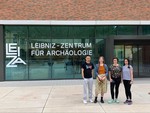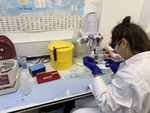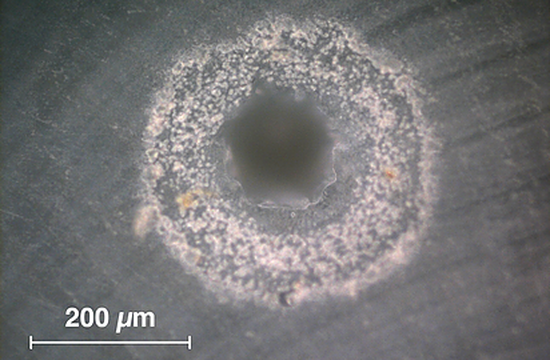SEAFRONT
(Short-term and Extreme climates causing Agricultural risks at the FRontier Of the Neolithic Transition)
Welcome to the website of the
SEAFRONT project, a research group awarded by the
DFG under the Emmy-Noether programme for a six-year period, involving research collaborations between the
Leibniz Zentrum für Archäologie (LEIZA) and
archaeologists in Greece, Spain, Denmark, Australia, and France.
Our research is concerned with bridging the gap between temporal and spatial scales of climatic changes and human responses. The decisions of prehistoric individuals were often based on how they perceived their immediate environment and can thus only insufficiently be connected to remote climate archives on decadal- or centennial scales (e.g. marine cores or glacial records).
We are tackling this problem in the context of the Neolithic Dispersal across the Mediterranean, when pioneering farmers were advancing to new shores with a variety of success. Climatic conditions and the resulting agricultural risks are one part of this success, but differences in spatial and temporal resolution make their immediate impact intangible.
This project is using seasonally resolved climatic data from within archaeological layers in the form of mollusc shells, and is thus directly accessing local weather conditions that were observable by prehistoric populations.
Using Laser Induced Breakdown Spectroscopy, we are aiming to analyse over 4,000 shells across
5 sites to provide robust climatic models from the bottom up and in stratigraphic context with other archaeological information.
The second phase of the project will be the 1st of February 2024 with new job applications published in advance.
For any question related to the project, please get in touch via email or twitter (see
contact details below).











